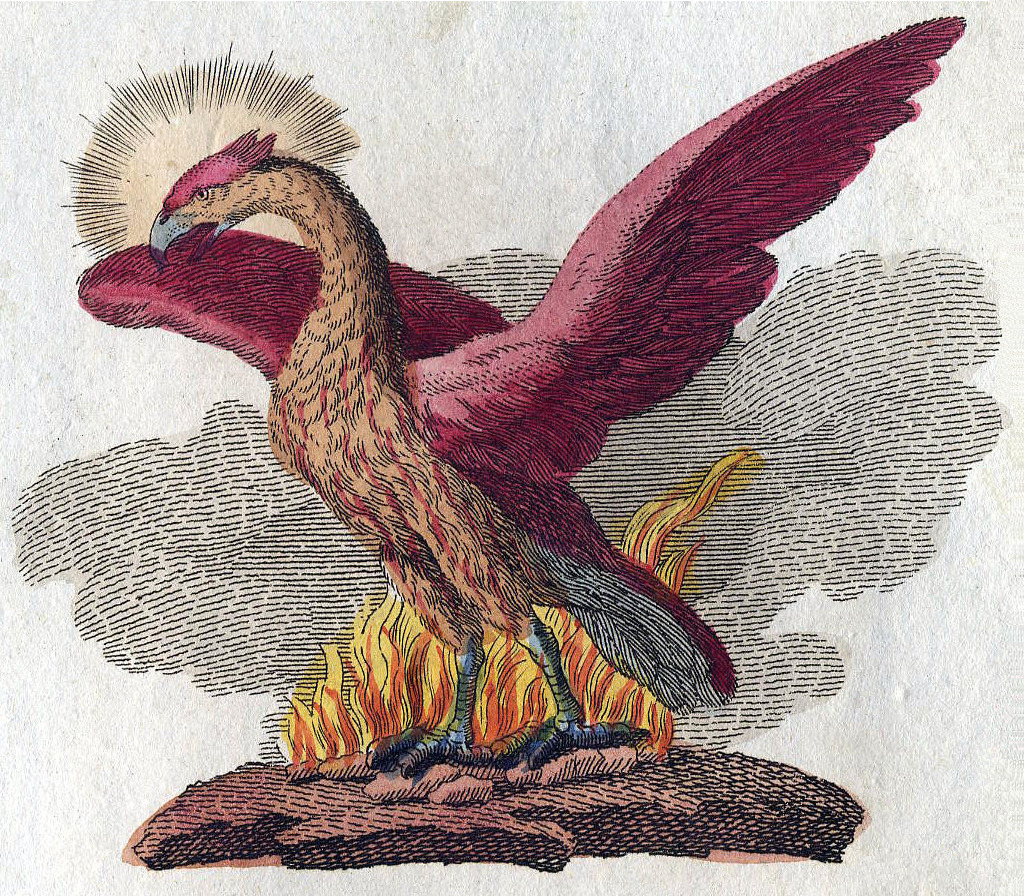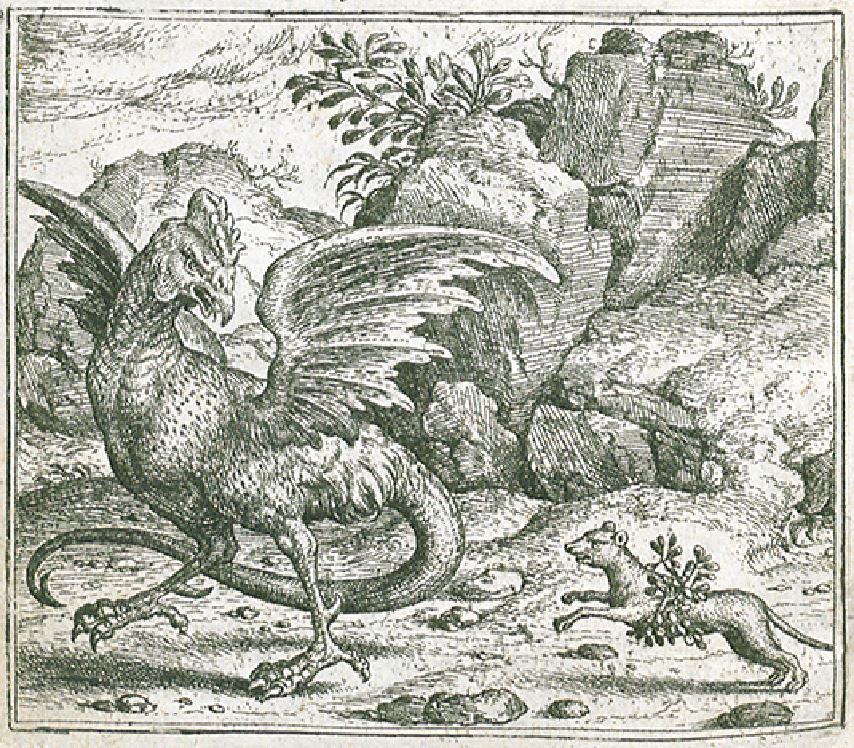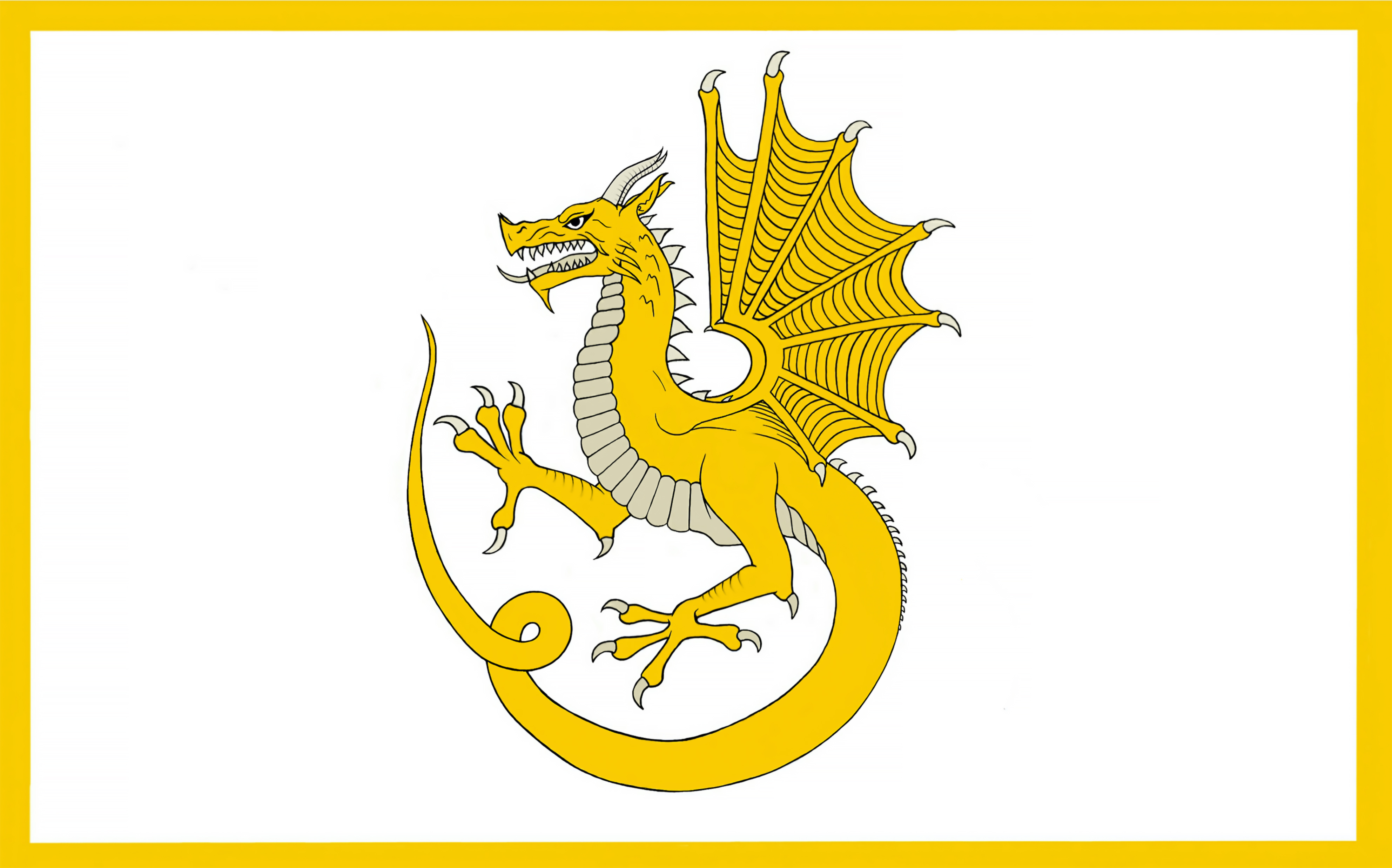|
Nathaniel Fludd, Beastologist
Nathaniel Fludd, Beastologist is an ongoing series of chapter books for children written by R. L. LaFevers and illustrated by Kelly Murphy. The books chronicle the adventures of young Nathaniel "Nate" Fludd, a beastologist in training who travels the world in search of mythical beasts, with his mentor Aunt Phil and pet gremlin Greasle. Sketches drawn by Nathaniel's hand are often featured in addition to the black and white art which illustrates the series. The four published volumes have received awards from the Junior Library Guild in Fall 2009, Spring 2010, Winter 2011 and Spring 2011. ''Book 1: Flight of the Phoenix'' (2009) The life of Nathaniel Fludd seems to have taken a turn for the worse when he is summoned to a lawyer's office to be told that his parents are lost at sea. Despite initial fears that he would end in the care of his cruel governess Miss Lumpton, Nathaniel is thankfully taken under the wing of a distant cousin, Aunt Phil (short for "Philomena"), the world's l ... [...More Info...] [...Related Items...] OR: [Wikipedia] [Google] [Baidu] |
Kelly Murphy
Kelly Murphy is an American author, illustrator and educator. She is based in Providence, Rhode Island. Early life Murphy was born in Boston, Massachusetts and raised in southeastern Massachusetts. She attended the Rhode Island School of Design (RISD) in Providence, Rhode Island. Her student work receiving distinction from the Society of Illustrators of New York. After graduating with a Bachelor of Fine Arts degree in illustration in 1999, Murphy started a freelance career as an editorial and children's books illustrator. Career She wrote and illustrated her first picture book, ''The Boll Weevil Ball'', in 2002 and has since illustrated more than 40 books for children, including stories written by authors Dave Eggers, J. Patrick Lewis, Linda Sue Park, Richard Peck, Beatrix Potter and Jane Yolen. Murphy has also created artwork for theater, film and animation, including character designs for the Sesame Workshop animated show ''Esme & Roy'' on HBO, and the 2013 documentary ... [...More Info...] [...Related Items...] OR: [Wikipedia] [Google] [Baidu] |
Fiction
Fiction is any creative work, chiefly any narrative work, portraying individuals, events, or places that are imaginary, or in ways that are imaginary. Fictional portrayals are thus inconsistent with history, fact, or plausibility. In a traditional narrow sense, "fiction" refers to written narratives in prose often referring specifically to novels, novellas, and short stories. More broadly, however, fiction encompasses imaginary narratives expressed in any medium, including not just writings but also live theatrical performances, films, television programs, radio dramas, comics, role-playing games, and video games. Definition Typically, the fictionality of a work is publicly marketed and so the audience expects the work to deviate in some ways from the real world rather than presenting, for instance, only factually accurate portrayals or characters who are actual people. Because fiction is generally understood to not fully adhere to the real world, the themes and conte ... [...More Info...] [...Related Items...] OR: [Wikipedia] [Google] [Baidu] |
Children's Literature
Children's literature or juvenile literature includes stories, books, magazines, and poems that are created for children. Modern children's literature is classified in two different ways: genre or the intended age of the reader. Children's literature can be traced to traditional stories like fairy tales, that have only been identified as children's literature in the eighteenth century, and songs, part of a wider oral tradition, that adults shared with children before publishing existed. The development of early children's literature, before printing was invented, is difficult to trace. Even after printing became widespread, many classic "children's" tales were originally created for adults and later adapted for a younger audience. Since the fifteenth century much literature has been aimed specifically at children, often with a moral or religious message. Children's literature has been shaped by religious sources, like Puritan traditions, or by more philosophical and scienti ... [...More Info...] [...Related Items...] OR: [Wikipedia] [Google] [Baidu] |
Houghton Mifflin Harcourt
Houghton Mifflin Harcourt (; HMH) is an American publisher of textbooks, instructional technology materials, assessments, reference works, and fiction and non-fiction for both young readers and adults. The company is based in the Financial District, Boston, Boston Financial District. It was formerly known as Houghton Mifflin Company, but it changed its name following the 2007 acquisition of Harcourt (publisher), Harcourt Publishing. Prior to March 2010, it was a subsidiary of EMPG, Education Media and Publishing Group Limited, an Irish-owned holding company registered in the Cayman Islands and formerly known as Riverdeep. History Ticknor and Allen, 1832 In 1832, William Ticknor and John Allen purchased a bookselling business in Boston and began to involve themselves in publishing; James T. Fields joined as a partner in 1843. Fields and Ticknor gradually gathered an impressive list of writers, including Ralph Waldo Emerson, Nathaniel Hawthorne, and Henry David Thoreau. The d ... [...More Info...] [...Related Items...] OR: [Wikipedia] [Google] [Baidu] |
Chapter Book
A chapter book is a story book intended for intermediate readers, generally age 7–10. Unlike picture books for beginning readers, a chapter book tells the story primarily through prose rather than pictures. Unlike books for advanced readers, chapter books contain plentiful illustrations. The name refers to the fact that the stories are usually divided into short chapters, which provide readers with opportunities to stop and resume reading if their attention spans are not long enough to finish the book in one sitting. Chapter books are usually works of fiction of moderate length and complexity. Examples of chapter books include: * ''Flat Stanley'' (1964) by Jeff Brown * ''Busybody Nora'' (1976) by Johanna Hurwitz Johanna Hurwitz (born October 9, 1937) is an American author of more than sixty children's books. She has sold millions of books in many different languages. Life and career Hurwitz graduated from Queens College, New York with a degree in Englis ... References ... [...More Info...] [...Related Items...] OR: [Wikipedia] [Google] [Baidu] |
Junior Library Guild
Junior Library Guild, formerly the Junior Literary Guild, is a commercial book club devoted to juvenile literature. It was created in 1929 as one of the enterprises of the Literary Guild, an adult book club created in 1927 by Samuel W. Craig and Harold K. Guinzburg. Book clubs often marketed books to libraries as well, and by the 1950s the majority of the Junior Literary Guild's sales were to libraries. In 1988, the name was changed to the Junior Library Guild to reflect this change in the company's business. The Junior Library Guild is operated by Media Source Inc., which is based in Plain City, Ohio. The editorial department is in New York City. Selection of works Selection of a children's book by the editors of the Junior Literary Guild (or latterly the Junior Library Guild) is a distinction used for publicity by publishers and authors of children's books. At present, 492 books are selected each year. The position of editor-in-chief of the Junior Literary Guild has been held ... [...More Info...] [...Related Items...] OR: [Wikipedia] [Google] [Baidu] |
Phoenix (mythology)
The phoenix is an immortal bird associated with Greek mythology (with analogs in many cultures) that cyclically regenerates or is otherwise born again. Associated with the sun, a phoenix obtains new life by rising from the ashes of its predecessor. Some legends say it dies in a show of flames and combustion, others that it simply dies and decomposes before being born again. In the ''Motif-Index of Folk-Literature'', a tool used by folklore studies, folklorists, the phoenix is classified as motif B32.Thompson. (2001: 581). The origin of the phoenix has been attributed to Ancient Egypt by Herodotus and later 19th-century scholars, but other scholars think the Egyptian texts may have been influenced by classical folklore. Over time the phoenix motif spread and gained a variety of new associations; Herodotus, Lucan, Pliny the Elder, Pope Clement I, Lactantius, Ovid, and Isidore of Seville are among those who have contributed to the retelling and transmission of the phoenix motif. Ov ... [...More Info...] [...Related Items...] OR: [Wikipedia] [Google] [Baidu] |
Basilisk
In European bestiaries and legends, a basilisk ( or ) is a legendary reptile reputed to be a serpent king, who causes death to those who look into its eyes. According to the ''Naturalis Historia'' of Pliny the Elder, the basilisk of Cyrene is a small snake, "being not more than twelve inches in length", that is so venomous, it leaves a wide trail of deadly venom in its wake, and its gaze is likewise lethal. The basilisk's weakness is the odor of the weasel, which, according to Pliny, was thrown into the basilisk's hole, recognizable because some of the surrounding shrubs and grass had been scorched by its presence. It is possible that the legend of the basilisk and its association with the weasel in Europe was inspired by accounts of certain species of Asiatic snakes (such as the king cobra) and their natural predator, the mongoose. Etymology The word originates from the Greek form ''basilískos'' ( el, βασιλίσκος; la, basiliscus), which means "little king", "littl ... [...More Info...] [...Related Items...] OR: [Wikipedia] [Google] [Baidu] |
Wyverns
A wyvern ( , sometimes spelled wivern) is a legendary winged dragon that has two legs. The wyvern in its various forms is important in heraldry, frequently appearing as a mascot of schools and athletic teams (chiefly in the United States, United Kingdom, and Canada). It is a popular creature in European literature, mythology, and folklore. Today, it is often used in fantasy literature and video games. The wyvern in heraldry and folklore is rarely fire-breathing, unlike four-legged dragons. Etymology According to the ''Oxford English Dictionary'', the word is a development of Middle English ''wyver'' (attested fourteenth century), from Anglo-French ''wivre'' (cf. French ''guivre'' and ''vouivre''), which originate from Latin ''vīpera'', meaning "viper", "adder", or "asp". The concluding "''–n''" had been added by the beginning of the 17th century, when John Guillim in 1610 describes the "''wiverne''" as a creature that "partake of a Fowle in the Wings and Legs ... and dot ... [...More Info...] [...Related Items...] OR: [Wikipedia] [Google] [Baidu] |
Brocéliande
Brocéliande, earlier known as Brécheliant and Brécilien, is a legendary enchanted forest that had a reputation in the medieval European imagination as a place of magic and mystery. Brocéliande is featured in several medieval texts, mostly related to the Arthurian legend and the characters of Merlin, Morgan le Fay, the Lady of the Lake, and some of the Knights of the Round Table. It first appeared in literature in the ''Roman de Rou'' chronicle by Wace in 1160 and today is most commonly identified as Paimpont forest in Brittany, France. Brocéliande is a place of legend due to its uncertain location, unusual weather, and its ties with Arthurian mythology, most notably the tomb of the legendary figure of Merlin.Lupack, Alan. ''The Oxford guide to Arthurian Literature and Legend'', (New York, NY: Oxford University Press USA, 2007), page 437. According to these accounts, the forest sheltered Morgan's magical Vale of No Return, the faery fountain of Barenton, and the place of Me ... [...More Info...] [...Related Items...] OR: [Wikipedia] [Google] [Baidu] |
Book Series Introduced In 2009
A book is a medium for recording information in the form of writing or images, typically composed of many pages (made of papyrus, parchment, vellum, or paper) bound together and protected by a cover. The technical term for this physical arrangement is ''codex'' (plural, ''codices''). In the history of hand-held physical supports for extended written compositions or records, the codex replaces its predecessor, the scroll. A single sheet in a codex is a leaf and each side of a leaf is a page. As an intellectual object, a book is prototypically a composition of such great length that it takes a considerable investment of time to compose and still considered as an investment of time to read. In a restricted sense, a book is a self-sufficient section or part of a longer composition, a usage reflecting that, in antiquity, long works had to be written on several scrolls and each scroll had to be identified by the book it contained. Each part of Aristotle's ''Physics'' is called a bo ... [...More Info...] [...Related Items...] OR: [Wikipedia] [Google] [Baidu] |

.jpg)




